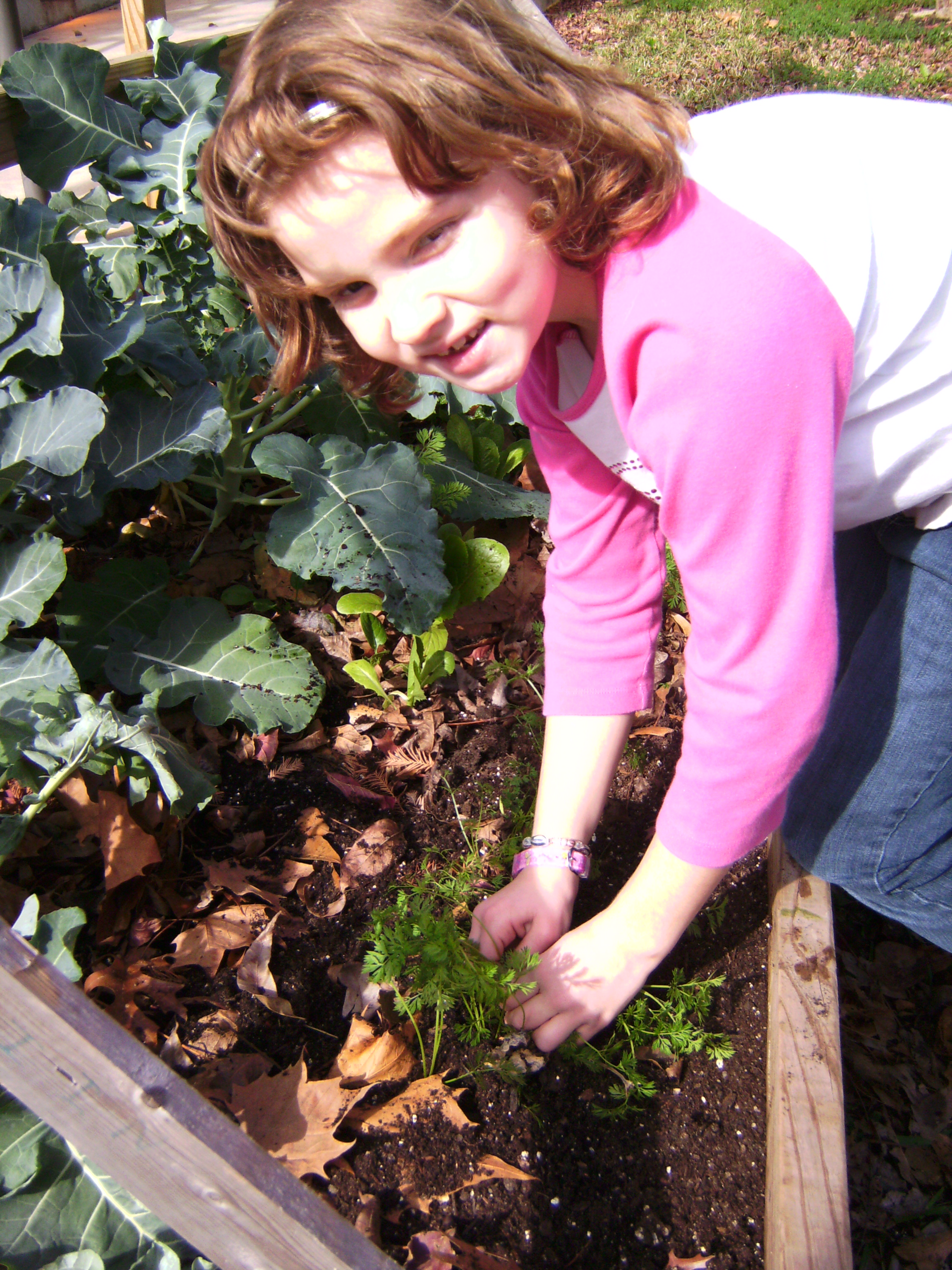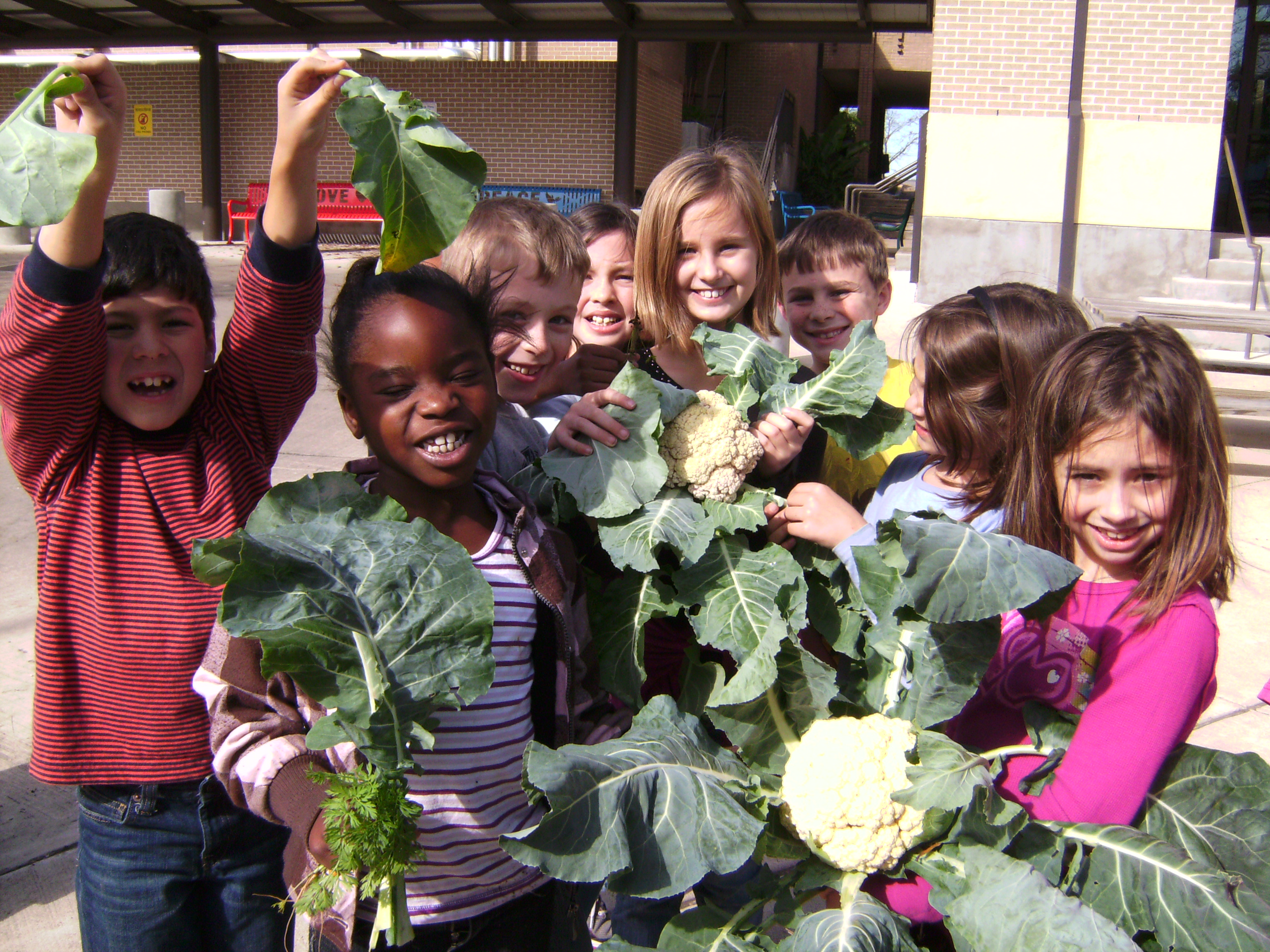Thanks to the generosity of a friend, the “dream I dreamed” for my vegetable garden is now very close to completion. Danny Hartley came down last weekend and sloshed around in the sticky, muddy clay and helped me install my irrigation system. It was a big job and I simply could not have done it without his help. Next spring, my garden will consist of 12 rows of herbs, flowers and vegetables that are watered by a soaker hose irrigation system that is feed by my six new water spigots! Thanks so much Danny!
This weekend I will finally get to pull up my okra, tomatoes and cucumbers. One row will be reserved for my onions. The other two will be replanted with beets, turnips, collard and mustard greens. Below are some more things you can do this weekend in your yard and garden.
VEGETABLES
- Plant – One of the great things about gardening in Zone 9 is the ability to plant year round. Even though it is the middle of November you can still plant lots of things. This weekend I will be putting out more beets, turnips, collards and mustard greens. You can also plant sugar snap peas, radishes, lettuce, spinach, Asian greens like bok choi, kale, chard and so much more!!! Do not forget to check out Patty Leander’s Planting guide to see what else you can plant in your November garden
- Harvest – If you have things ready for harvest I would suggest that you bring them in. We are fast approaching our average first frost date. While many of our fall veggies can take a light freeze, squash tomatoes and cucumbers cannot.
- Fertilize –Heat increases the metabolism of all living things. Because of this, the nutritive value of the compost is “used up” more quickly in the warmer months of the year. If you compost now the cooler temperatures will make your compost “last longer”. Basically, a good heavy application of compost now means you will not need to feed your soil again until April or early May.

ORNAMENTALS
- Plant – You can still scatter poppy and larkspur seeds for the next week or so. I have tons of these two flowers and I love them both. They come in several colors so they work in every landscape AND they reseed with abandon. Plant some now and you can realistically have them forever
- Prune – It is still too early to prune trees. However, it is a great time to prune ever green shrubs. Since the cool temperatures slow their growth rate for the next few months a good shaping now will keep them looking great until Spring
- Fertilize – Just like your in the vegetable garden, an application of compost to your yards will gently feed your lawns until the grass begins actively growing in the spring
- Move – If you have made any landscaping mistakes now is a great time to correct them. November is the best time to move (or plant) perennials.
I share these posts on Our SimpleHomestead Blog Hop. Be sure to stop by. The “hop” has tons of great information from gardeners and homesteaders all over the world!













